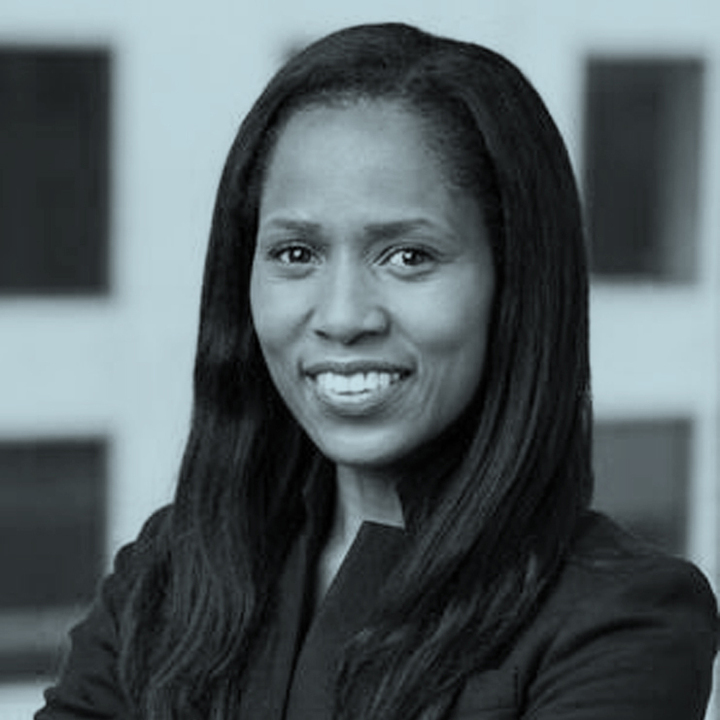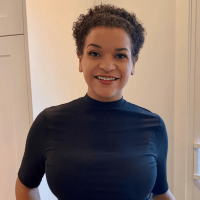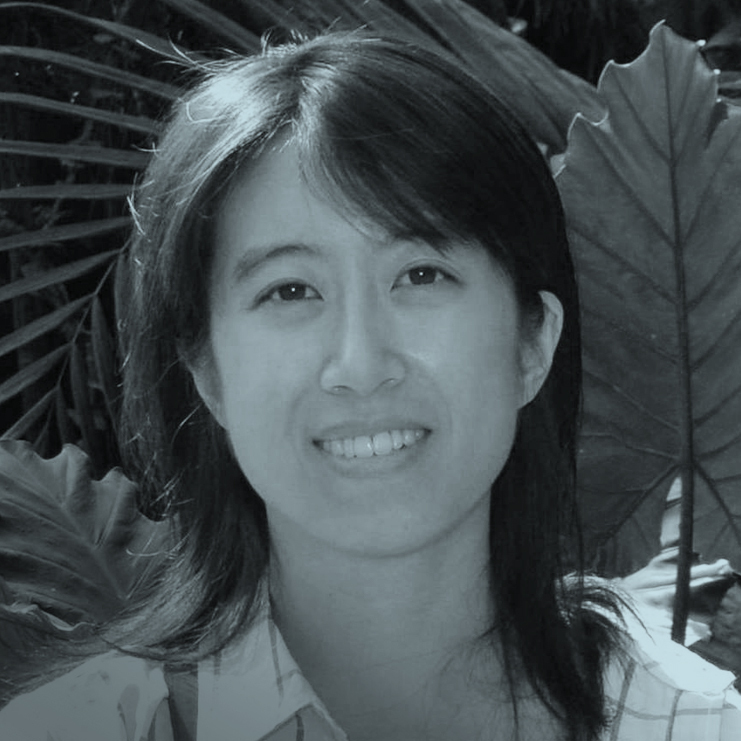How can we do no harm with data? A conversation with the authors of the Do No Harm Guide
Can you picture a world where data storytelling does no harm? We can. The Tableau Foundation has collaborated with The Urban Institute to bring to you the Do No Harm Guide: Applying Equity Awareness in Data Visualization. It addresses the responsibility we all share in using data ethically to advance equity in our society.
Tableau’s Renee MacLeod, Senior Manager, Inclusive Marketing, sat down (virtually) with Jonathan Schwabish and Alice Feng, co-authors of the Do No Harm Guide. This newly released guide is a toolkit that provides extensive guidance for data scientists, data communications professionals, and everyone who creates or uses visualization tools to prioritize race and equity throughout the entire process. From the start of their research, to how they represent the individuals in their graphs, charts, and diagrams, this guide will support and ground their work in principles of equity and fairness. To best describe the purpose and the insights that can be derived from the guide, we offer the following excerpt:
The motivation for this entire project can be summarized in one word: empathy. Applying a DEI lens to how we analyze, visualize, and communicate data requires empathizing with both the communities whose data we are visualizing as well as the readers and target audiences for our work. When thinking about how to analyze and communicate data with a racially equitable lens, we should ask ourselves whether the issue we are analyzing and visualizing is worse or exacerbated for people of color and what factors contribute to or compound racial inequities for this issue.This toolkit offers a set of guidelines rather than ironclad rules for presenting data through a more diverse, equitable, and inclusive lens.
Renee: What was the catalyst for the Do No Harm Guide?
Jonathan: The story starts in 2019. Alice was leading the charge, and I was helping with the redesign of Urban's Data Viz Style Guide. When the nation started having a bigger conversation about race after the murders of Breonna Taylor and George Floyd, Urban did too, and everyone was asking, "What can I do?"

Urban Institute
These conversations ultimately led to the idea of including some aspects of how to visualize different racial and ethnic groups in the style guide. We started slowly by setting standards for colors and icons and then moved to language. Personally, I felt that my data viz expertise was where I could contribute to the discussion. We must give credit where it is due. Shena Ashley, who helped kick off our relationship with Tableau, was the one who came up with the Do No Harm Guide title.
Alice: Once we connected with Tableau, we understood that you can’t create effective data visualizations in isolation. To create visualizations with a truly equitable lens, you must take a step back and view the broader landscape and examine all of the issues that affect and impact the research. If you really want to permeate data viz with an equitable lens, you have to have that baked in throughout the entire process.
Jonathan: The document expanded further than what we initially considered. We moved beyond just the task of visualizing data to talking about how you collect data, where the data is coming from, respecting the people you are researching, and exploring the entire research ecosystem.
Renee: When you started to create the guide, what did the process look like? How did you decide who should be engaged?
Jonathan: At the very beginning, it was a pretty small group of people. We reached out to people we had cited in earlier work—but there are not a ton of people in the data viz field working on these issues. We were both doing a lot of reading and just trying to find the answers or at least clues to the best way to proceed. There just wasn't a lot out there. Our conversations with our first set of people led to even more people. The reality is, to understand the entire data and data visualization process requires many ongoing discussions. The work is a multifaceted process, from data collection methodology to talking with people and communities to the actual creation of the data visualizations.
Renee: Let’s spend a little time talking about the philosophy behind the guide and how you see the impact of non-inclusive language or symbols in general. What is your perspective on the areas you decided to highlight?
Alice: Unfortunately, there’s so much harm that can be done with non-inclusive language, icons, and symbols. I mean, at the very least, they perpetuate and reinforce harmful stereotypes and the biases we have. When we don’t include the diversity of the populations that live in our society, we draw incorrect conclusions that result in wrong solutions and incorrect policy decisions. Regarding language, if we are not careful, we end up casting blame on people—what are the things that these groups are lacking, what are they not doing, why can't they do better. We have to be mindful and intentionally careful not to perpetuate harmful, false stereotypes that people have.
Renee: This brings me to empathy. Can you talk more about your philosophy of empathy and how that applies to this work?
Alice: I would argue that empathy is really the throughline of this entire guide. That's fundamentally what it comes down to—taking time to understand and engage with the people for whom we are visualizing this data, as well as with whom we're communicating. There's this fantastic quote one of our interviewees (Kim Bui) gave us: “If I were one of the data points on this visualization, would I feel offended?” That succinctly captures what all of this is about, from the language to the colors and the icons. We recognize that data is reflecting real human beings and capturing someone's life and experiences. We must never lose sight of the fact that we're talking about an actual human being. That is what’s key here.
Renee: What comes next? How do we bring more equity into our systems, and how can we use these guidelines to propel us in that direction?
Jonathan: We need to be comfortable having those real conversations, and I think that needs to start from a young age. That's why I have these conversations with my kids all the time. When it comes to data and data viz, I think one of the big ways that we can change, especially when we use data from the federal government, is having those government agencies be more open about how they collect data. Openly expressing how they are naming groups of people would be beneficial. The last time the Office of Management and Budget published official guidelines on how the Federal government collects and classifies race was in 1997. That's a long time ago and maybe it's time to have that conversation again.
Alice: I think on the most micro level, this guide is an evolving document. This is only volume one. We expect this will continue to grow and expand as we receive feedback. As the field matures and more people are working in it and thinking about these issues, we want to include the latest that's being done in this space. I think there's definitely a role for institutions like Tableau, which are leading in the data viz field, to be very influential. Also, one of the things we talked about in the guide is the nature of organizational change. It's great if individuals are interested in it, but we also need engagement from everybody else who has influence, power, and leverage in this ecosystem. They need to prioritize and be committed, I think, to embrace racial equity, diversity, and inclusion in the way that the data is captured and recorded, the way research is funded, and the way funding opportunities are written. It needs to be both bottom-up and top-down for change to really happen.
Renee: What is the one thing that you want to make sure folks take from our conversation?
Jonathan: I'm a pretty practical guy, so I think my response is more practical: For anyone working with data or visualizing data, think very carefully about the words you use in and around your graphs. That's the thing that they should be paying attention to. What are better words to use than the word “other?” Eliminating the use of the word “other” would be a nice step forward. Also, how do you sort, order, or present data that represents people? Must it always be White, Black, Hispanic, Asian, or other because that's how it shows up on surveys?
Alice: We really hope that people will be thoughtful and careful, but most importantly, that they just try. There are no hard and fast rules. I think it’s okay to mess up. It's okay to fail. We're all inevitably going to get it wrong at some point. The important part is that you try, you do it with the best of intentions, and that you're willing and open-minded enough to learn from it. We have some data viz examples in our guide that definitely did not uphold a lot of the racial equality awareness that we were talking about. Some of the data viz authors were willing to go back and try to fix some of the issues that we identified. Not all of them were resolved perfectly, but the willingness to learn and to be receptive to change is really important. It's something I hope everybody will be willing to do.
Jonathan: Another thing I reflect on a lot of the time—and we allude to throughout the guide—is that there isn't a single answer. There's a movement towards better, which requires continuous, empathetic conversations.
Renee: Thank you both. I really appreciate your transparency. What I received from you is that there is this element of conversation and listening, along with a willingness to be vulnerable, make mistakes, and then applying the steps you outlined in the guide. I feel like that kind of arc of experience is one of those things that's going to help us move the needle, but it's going to take everybody because what we're talking about is a lot of folks doing a lot of things, all for the right reasons.
Download the Do No Harm Guide and visit the Racial Equity Data Hub to view the video summarizing the guide, interact with data on equity issues, and access additional resources to help your organization use and visualize data as it pertains to race, equity, and inclusion.
相关故事
Subscribe to our blog
在您的收件箱中获取最新的 Tableau 更新。










